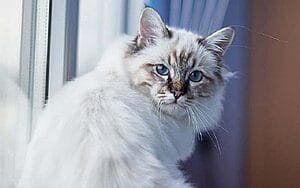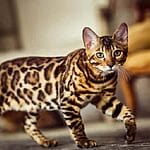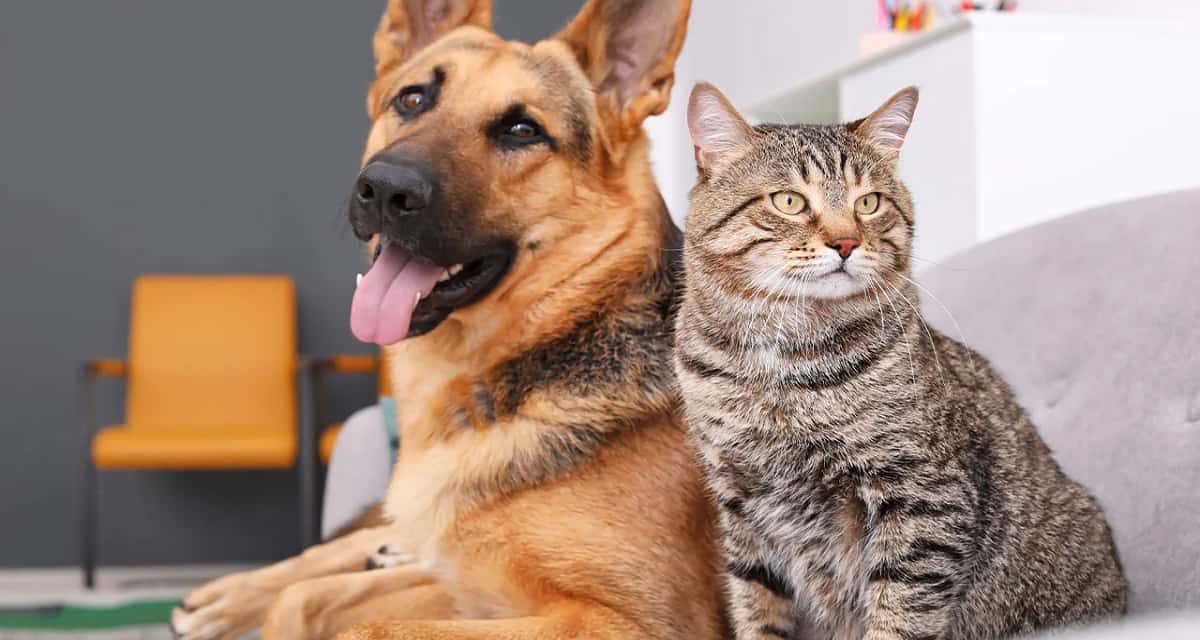Birman – Mixed Cat Breed Characteristics & Facts

The Birman uses a soft voice to communicate, mainly to remind you that dinner may be ready or that you might enjoy a nice cuddle on the couch. The traits of the Birman Cat are listed below.
Birman Mixed Cat Breed Picture




Birman – Mixed Cat Breed Characteristics
Affectionate with Family | ***** |
Amount of Shedding | *** |
General Health | ** |
Potential for Playfulness | **** |
Tendency to Vocalize | **** |
Kid-Friendly | ***** |
Friendly Toward Strangers | |
Easy to Groom | ** |
Intelligence | **** |
Pet Friendly | ***** |
Vital Stats:
| Life span: | 12 to 16 years |
| Length: | 15 to 18 inches |
| Weight: | 6 to 12 pounds |
| Origin: | Unknown |
History
A gorgeous cat deserves a gorgeous origin story. A blue-eyed goddess is said to have helped give the Birman his striking appearance by turning his white coat golden and giving him blue eyes as a reward for his love and devotion to his priest. The Birman is also known as the Sacred Cat of Burma. His white paws remained as a reminder of his innocence.
Since then, the goddess has left her favor on the temple cats, and it was once believed that priests who passed away were reborn into the cats’ bodies. It is unknown how the cats actually came to be. Although the circumstances of the initial encounters are unknown, theories suggest that Siamese were crossed with Persians or Angoras.
The breed may have originated in France from cats imported by two Europeans, a Frenchman named Auguste Pavie and a Major Gordon Russell, who were given a pair of temple cats in 1919 as payment for helping the priests. They may have occurred in southeast Asia between various cats carrying the genes for a pointed pattern, long hair, and blue eyes.
The male cat did not make it to France alive after being shipped there with the other cats. But before he passed away, he had mated the female, and her offspring contributed to the spread of the breed in Europe. It received official recognition in France as the Sacre de Birmanie in 1925, giving rise to the current breed name, Birman.
The cats were brought to the country for the first time in 1959, and the Cat Fanciers Association recognized them in 1967. The American Cat Fanciers Association, Canadian Cat Association, Cat Fanciers Federation, and International Cat Association all acknowledge them as well.
Size
Typically, Birmans weigh 6 to 12 pounds.
Personality
A Birman cat might be the right choice for you if you enjoy the pointed Siamese pattern but not the yowling voice. He is a calm, docile cat who enjoys company and will follow them around the house. Be grateful that the Birman is not as bossy as the Siamese and anticipate that he will want to participate in what you are doing. Docile does not imply stupid. The Birman cat is intelligent and naturally curious.
He enjoys exploring his surroundings and has been known to become trapped beneath floors that are being replaced or to unintentionally (or perhaps intentionally) climb onto a car. It’s a good idea to constantly monitor his whereabouts. He speaks softly, mostly to remind you that dinner may be ready or that you might enjoy a nice cuddle on the couch. In your arms, he will unwind and enjoy being held like a furry baby.
Health
Pedigreed and mixed-breed cats both have varying rates of health issues that could be genetic in origin. The following are issues that might impact the Birman:
- They are born without hair due to congenital hypotrichosis, and they have thymic aplasia, an immune disorder that raises their risk of infection and death. These conditions are fortunately uncommon.
- Having skin and hair on the cornea (the transparent front of the eye) of one or both eyes is known as corneal dermoid. Surgery can be used to fix it.
- Spongiform degeneration is a central nervous system degenerative disease that causes uncoordinated movement and weakness in the back legs.
- Kittens’ trembling and shaking. Some kittens develop this condition at around 10 days of age, and it lasts until they are about 12 weeks old. Recovery happens on its own and the cause is unknown.
- Abnormally high blood urea and/or creatinine concentrations, which may or may not be a sign of kidney dysfunction.
Care
The Birman’s coat is long, but despite its silky texture, it doesn’t mat easily. To distribute skin oils and remove dead hair, comb it once a week. You may want to comb more frequently in the spring to remove loose hair since Birmans shed their winter coat at that time. The shedding coat can be removed and made more manageable by taking a warm bath.
It is frequently preferable to wet the cat with a hand-held shower nozzle instead of submerging him in water for a Birman bath. To prevent periodontal disease, brush your teeth. Although daily brushing is preferred, once a week is still preferable to never. Twice a month, trim your nails. To get rid of any discharge, use a soft, damp cloth to wipe the corners of your eyes.
To prevent the spread of any infection, use a different area of the cloth for each eye. Each week, check your ears. If they appear to be dirty, clean them with a cotton ball or soft, damp cloth dipped in a 50/50 solution of warm water and cider vinegar. Cotton swabs shouldn’t be used because they can harm the ear’s interior. Maintain the Birman’s litter box in immaculate condition.
Because cats are so particular about their bathroom habits, having a clean litter box will also help to keep their fur looking nice. A Birman should only be allowed indoors to avoid contracting illnesses from other cats, getting mauled by dogs or coyotes, and other risks that outdoor cats face, like getting hit by a car. Birmans who venture outside also run the risk of being taken by a person who wants to own such a stunning cat but doesn’t want to pay for it.
Coat Design and Maintenance
The Birman has four white feet that give him the appearance of wearing tiny white mittens, a broad, rounded head with medium-sized ears, and a silky, medium-length coat in the pointed pattern of the Siamese (meaning that the color is darker on the face, ears, legs, and tail). This medium-to-large cat has a stocky, powerful body that contrasts with his kind nature.
The medium-to-long coat rarely mats because of its silky texture and scant undercoat. It has waves on the belly and forms a thick ruff around the neck. Darker points contrast with a pale body that varies in shade depending on the cat’s color. As an illustration, a seal point The body of the Birman is a warm, light fawn to cream color, gradually fading to a lighter color on the belly and chest.
The tips are a rich seal brown color. White “gloves” that end in an even line across the paw can be seen on both the front and back paws. The gloves on the back paws have laces that run up the back of the leg and end in a point or an inverted V. The symmetry of the “gloves and laces” is crucial in the show ring and could determine whether a kitten pursues a career as a show cat or remains a pet.
Along with seal point, other point colors for Birmans include blue point, chocolate point, lilac point, different parti-color point colors, and lynx point colors. Point Lynx A distinct M-shaped marking on the forehead, light markings around the eyes that resemble eyeglasses, spotted whisker pads, solid-colored ears without stripes, and “thumb marks” on the back of the ears are all characteristics of the breed. Rings and stripes can be seen on the legs and tail.
Kids and other animals
For households with young children and canines who get along with cats, the amiable, laid-back Birman is ideal. He enjoys the attention he gets from kids who are kind to him and treat him with respect. He also doesn’t mind dressing up or riding in a baby carriage.
Thanks to his friendly nature, he is content to live with dogs who get along with cats as well. To ensure that they learn to get along with one another, introduce pets gradually and under controlled conditions.
Creator: PetsCareTip






